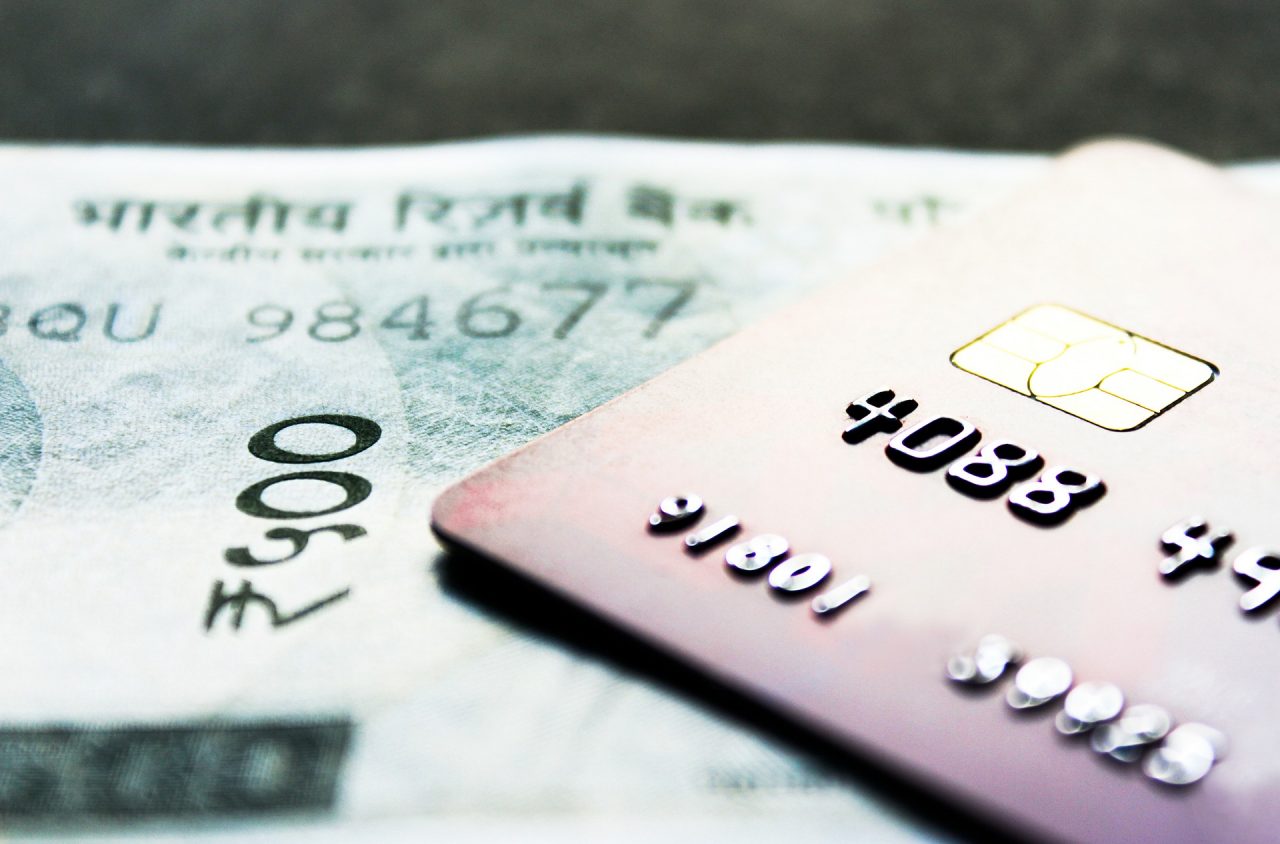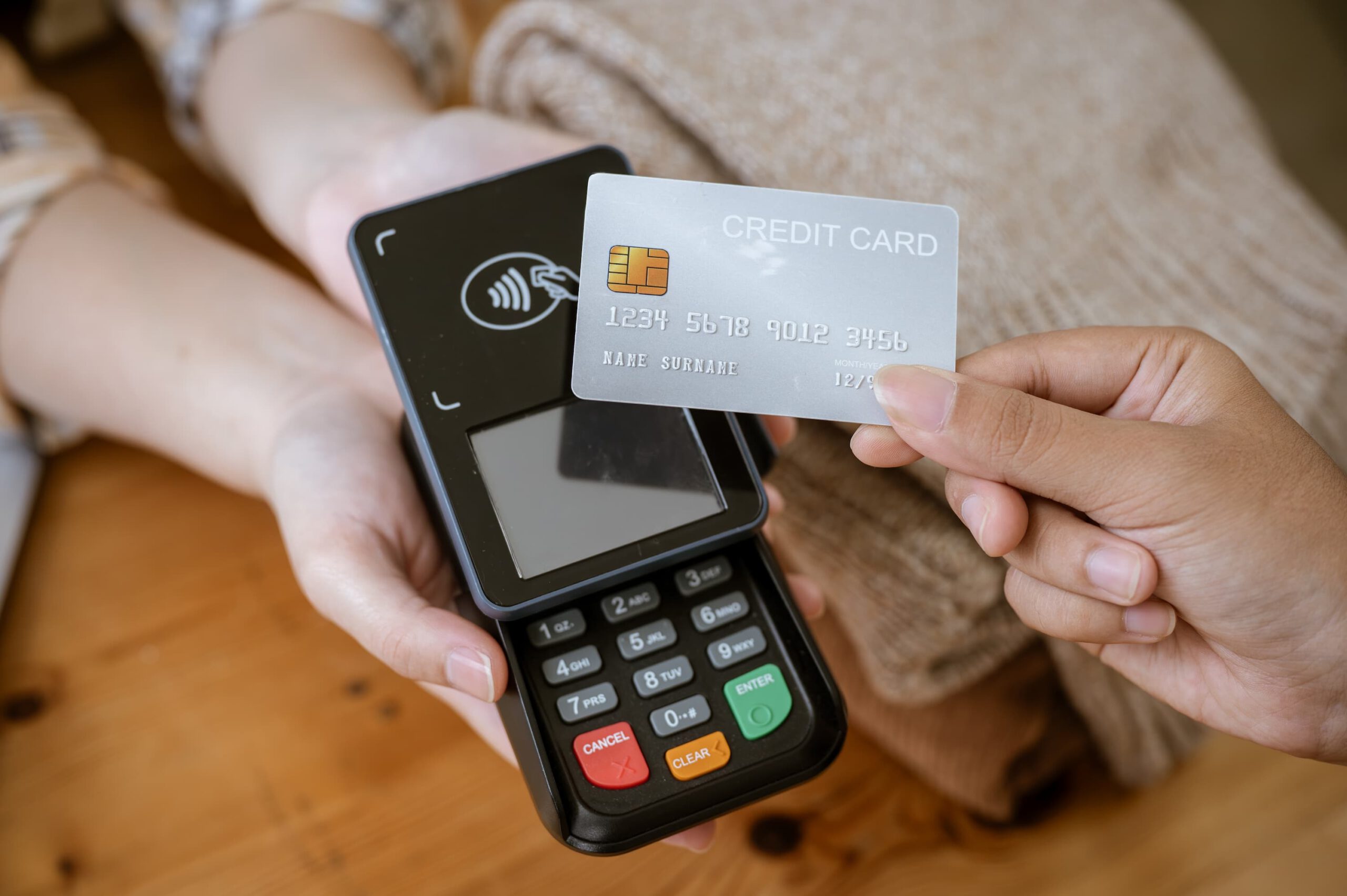If you operate in the travel industry, chances are you’ve had to deal with your fair share of chargebacks. In fact, the online travel and lodging industries saw an 816% increase in chargebacks between Q1 of 2023 and Q1 of 2024 alone.
Between changing itineraries, high-ticket transactions, and the sometimes impulsive nature of travel purchases, it’s no surprise that this sector sees a higher number of disputes than many others. Customers often book weeks or even months in advance, and when plans change—or expectations aren’t met—they may turn to their bank to reverse a charge rather than working directly with the travel provider. On top of that, the digital nature of bookings and third-party involvement can complicate the resolution process, leaving businesses exposed and revenues at risk.
That’s why having a solid travel industry chargeback protection strategy is so important. In this guide, we’ll walk you through how chargebacks affect the travel industry, what you can do to prevent them, and the tools and best practices that high-risk merchants like you can use to safeguard your business.
Understanding Chargebacks in the Travel Industry
A chargeback is a forced reversal of funds initiated by the cardholder through their bank. Instead of requesting a refund directly from the business, the customer disputes the transaction through their card issuer, which pulls the money from the merchant’s account while the dispute is investigated. Your business can then lose the expected value of the sale as well as any applicable fees.
Transactions in the travel industry are often high value, booked far in advance, and emotionally charged. This makes them a prime target for disputes, whether legitimate or not. Common reasons clients may initiate a chargeback are unrecognized transactions, claims of fraud, dissatisfaction with the experience, or allegations that the service was never received. And with so many third parties involved in modern travel—from airlines and hotels to OTAs and payment platforms—it’s easy for customers to point fingers and push the blame upstream.
High chargeback ratios can affect your reputation, but they also chip away at your bottom line and put your merchant account at risk. If your chargeback rate crosses the thresholds set by card networks, you could face fines, penalties, increased processing fees, or even termination of your account. Unfortunately, a healthy chargeback rate is typically below 0.65%, while the travel industry maintains an average chargeback rate between 0.89% and 1.10%.
How Chargebacks Work
Understanding the process gives you a better shot at fighting and preventing chargebacks. The typical process looks like:
- Cardholder Dispute Initiation: The customer contacts their card-issuing bank, either by phone or through an online portal, to dispute a charge. They’ll provide a reason code explaining why they believe the charge is invalid.
- Issuing Bank Review: The issuing bank reviews the cardholder’s claim and checks for validity. If it meets their criteria, the chargeback is filed, and the disputed funds are pulled from your merchant account.
- Chargeback Notification: Your acquiring bank (the one that processes your payments) notifies you of the chargeback and deducts the disputed amount from your account. You’ll also receive a reason code and a deadline to respond.
- Merchant Response: At this point, you have a chance to fight back. If you believe the chargeback is invalid, you can submit evidence to refute the claim, such as booking confirmations, signed agreements, terms of service, or communication records.
- Acquiring Bank Review: Your acquiring bank reviews your documentation and passes it to the issuing bank. They may also provide feedback or help you prepare a stronger rebuttal.
- Final Decision: The issuing bank makes the final call. If they side with the customer, the chargeback stands, and the funds are permanently withdrawn. If they rule in your favor, the funds are returned and the chargeback is reversed.
How to Reduce Chargeback Risks for Travel Businesses
Chargebacks may be a constant threat in the travel industry, but they’re not inevitable. With the right strategies in place, you can reduce your exposure and strengthen your ability to fight back when disputes do happen.
Importance of Clear Cancellation Policies
Vague or hard-to-find cancellation policies are one of the most common causes of chargebacks in the travel industry. In fact, according to the State of Chargebacks in the Travel & Hospitality Industries Report, 30% of chargebacks in the travel industry are related to unclear cancellation policies.
Customers often assume they can cancel anytime or get a refund for any reason, especially when plans change unexpectedly. That assumption quickly turns into a dispute when they’re denied a refund they feel entitled to. The key is to set expectations from the start. Your cancellation and refund policies should be clearly displayed on your website, reiterated at checkout, and included in confirmation emails.
Don’t bury the fine print. Instead, make it a requirement for customers to acknowledge the terms before finalizing a booking. Use checkboxes, bold formatting, or pop-up confirmations to mitigate any claims of “I didn’t know.” If a dispute does occur, being able to show that the customer saw and accepted your policies gives you a stronger foundation to fight the chargeback and protect your revenue.
Leveraging Travel Insurance
As a travel merchant, not everything is within your control. Flight delays, medical emergencies, or bad weather can easily derail travel plans and lead to canceled trips. When customers are out money and don’t have coverage, many will skip contacting your business and go straight to their bank. Encouraging (or even requiring) travel insurance can help shift that liability away from you and provide customers with a clear path for recovering their losses.
Travel insurance adds an extra layer of protection for both you and your customers. When it’s built into the booking process or clearly recommended, it sets the tone that your business takes travel disruptions seriously and offers responsible options for managing them. It also reduces the emotional urgency behind a chargeback since the customer already has a system in place to request reimbursement through their insurer instead of putting the burden on you.
Promoting Safer Payment Methods
Credit cards are a convenient payment option, but they come with a built-in chargeback risk. One way to reduce that risk is by offering alternative payment methods that are less prone to disputes. Bank transfers, ACH payments, and digital wallets often have stricter dispute rules, making them harder to reverse without strong justification. While not every traveler will opt for these alternatives, simply offering them gives you more control.
Consider incentivizing safer payment options with small discounts, bonus services, or loyalty perks. You can also explain the benefits to customers, such as faster processing or added security, to encourage adoption. Even if credit cards remain your primary payment method, diversification helps reduce your overall chargeback exposure and shows banks and processors that you’re proactively managing your risk profile.
Documentation and Record-Keeping
Strong documentation is your first line of defense when a chargeback hits. Every booking should come with a paper trail, including confirmation emails, signed terms and conditions, payment receipts, communication records, and proof of service delivery. Whether it’s a simple hotel reservation or a multi-stop international tour, you should be able to quickly pull up key records that confirm what was purchased, when, and under what terms.
The best time to prepare for a chargeback is before one happens. To do this, implement systems that automatically save and organize transaction records in one place. Include timestamps and screenshots where possible. If a dispute is filed, your response needs to be fast, factual, and well-documented. The more evidence you have ready to go, the higher your chances of reversing the chargeback and keeping your hard-earned revenue.
Utilization of Technological Tools
Trying to manage chargebacks manually is a losing game in a high-volume, high-touch industry like travel. Fortunately, tools like VacationCRM are designed to reduce friction. These platforms can help automate communication, track customer authorizations, and monitor payments in a way that gives you better visibility and control over each transaction.
With the right tech stack, you can also flag risky transactions early, automate refund policies, and store records as they’re created. Some tools even integrate directly with banks or processors, making the resolution process smoother and more efficient. Investing in this kind of infrastructure not only cuts down on errors and disputes, but also shows that you’re running a professional, well-managed operation that prioritizes security and customer experience.
Travel Industry Chargeback Protection with High Risk Pay
When you operate in a high-risk industry like travel, you can’t afford to rely on a one-size-fits-all payment processor. You need a partner who understands your business model, your risks, and your customers. High Risk Pay’s travel merchant accounts are built specifically for high-risk verticals like travel, and we offer the tools, support, and expertise you need to stay ahead of chargebacks and fraud.
From advanced fraud detection systems that flag suspicious activity before it becomes a problem, to responsive chargeback management that helps you navigate disputes and recover lost revenue, our platform is designed with your challenges in mind. We also provide dedicated account managers who specialize in the travel space—so you’re not just getting a merchant account, you’re getting a team that knows exactly how to help you succeed.
Ready to protect your revenue and process payments with confidence? Sign up for a travel merchant account from High Risk Pay today!









